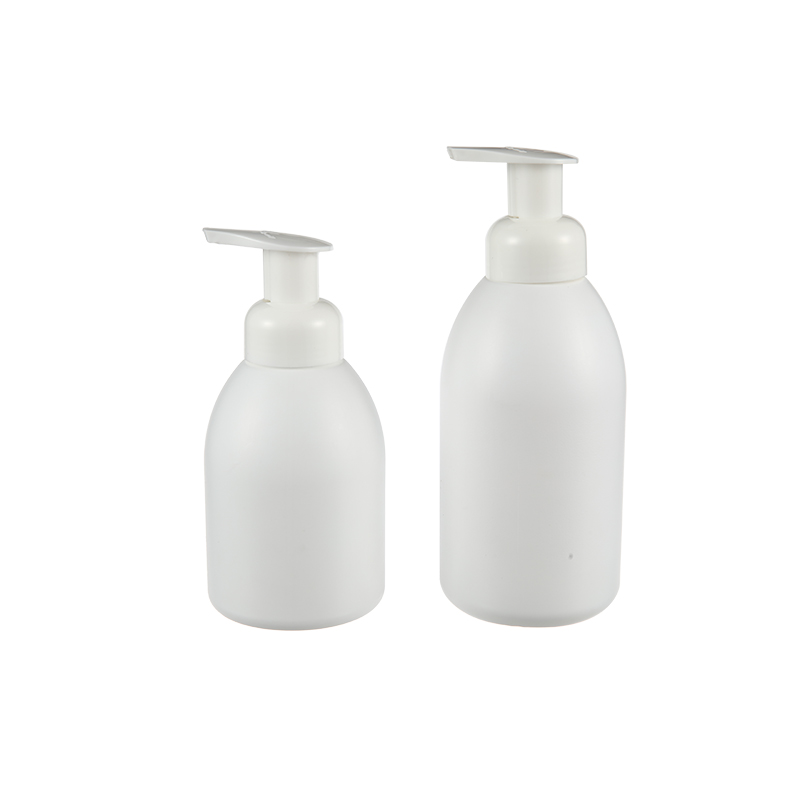The process of manufacturing a Plastic Bottle involves several steps. First, the bottle is made in the proper size, shape, and strength. Next, it is boxed for dispatch. Finally, the food company adds the cap. These steps make a Plastic Bottle. Once the bottle has cooled down, it is removed from the mold. This process is called continuous molding, and it must be broken into individual bottles to complete the process. In this case, each plastic bottle must be cut to remove it from the molding process.
The process is repeated for every plastic bottle. The flakes are ground into cornflake size pieces and washed. Then, they are dried and heated to remove any contaminants. Once cooled, these materials will be shipped to polyester fabric and carpet manufacturers. They must be sterilized and tested to meet food-grade standards before they can be sold to manufacturers. Then, the flakes are molded into rice-grain-sized pellets.
HDPE is the most popular resin for plastic bottles. It is lightweight and offers an excellent moisture barrier. It is suitable for a variety of products, but is not compatible with solvents. The most common food-grade material, HDPE is also a good choice for bottles that require a hermetic seal. However, HDPE is not a great choice for products that are above 190 degrees Fahrenheit. It's primarily used for cosmetics.


Another important advantage of using a plastic bottle is its versatility. Its versatility allows you to buy a variety of products in different sizes, shapes, and colors. In fact, most consumer-facing items in the world today come in a plastic bottle. Many of these are shampoo, ketchup, or other liquids. And they're easy to carry around and easy to dispense. The benefits of a Plastic Bottle make it a worthwhile investment.
HDPE is the most popular resin used for plastic bottles. It is versatile, impact resistant, and has a high water barrier. It is compatible with a variety of products, but not with solvents. Its natural translucent color and flexibility make it a good choice for silk-screen decoration. In addition to being convenient, HDPE is recyclable and offers good protection at below-freezing temperatures. It is a great option for a wide variety of applications.
Plastic bottles can be recycled. They can be reused for a variety of products. By reducing the amount of waste produced by a household, it helps the environment. In addition to preventing pollution, recycling plastic bottles also creates jobs. Not only does it save the environment, it makes the entire process of manufacturing a Plastic Bottle more efficient. So, if you are looking for a plastic bottle, it's worth looking into.
A plastic bottle has a neck that is slightly smaller than the body. It can accept either a screw-type or a snap-type closure. The capacity of a Plastic Bottle is less than 5 gallons. Unlike other types of plastic, the neck of a Plastic Bottle is made of plastic that is biodegradable. Its capacity is higher than that of a regular water bottle. It has a longer lifespan than most other plastic bottles.

 简体中文
简体中文 English
English русский
русский








